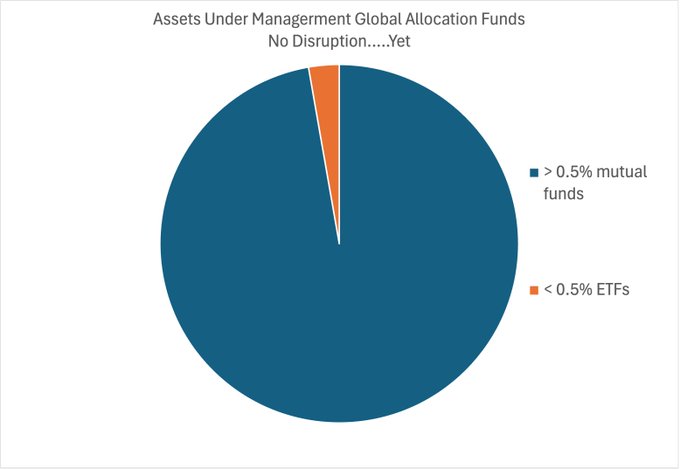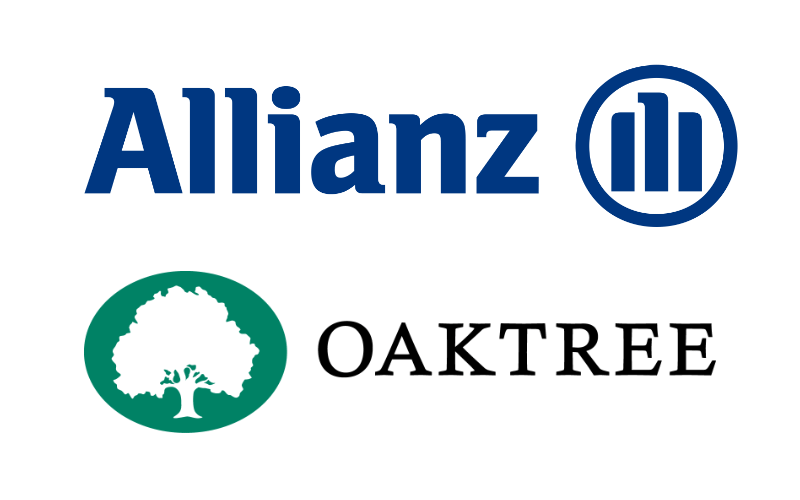UBS’ Credit Suisse takeover will lead to the write-off of CHF16 billion ($17.24 billion) worth of Additional Tier 1 (AT1) bonds, following a call on Sunday by Swiss authorities to override the traditional loss-absorbing hierarchy.
Ahead of the markets’ reopening on Monday (March 20), Swiss regulators scrambled to secure a deal that would restore confidence in the embattled Credit Suisse and the wider financial markets, given the bank’s deeply entrenched position as one of 30 systemically important global lenders. Rival bank, UBS, will pay $3.23 billion under the merger deal, which will leave the acquiror as the only surviving entity.
The deal was not subject to customary shareholder approval – which Credit Suisse acknowledged would have likely blocked or delayed the transaction – but instead was passed by the Swiss Federal Council through an emergency ordinance (known as a notverordnung). In exchange for 22.48 shares in Credit Suisse, shareholders will receive 1 share in UBS.
According to media reports, UBS CEO, Ralph Hamers told analysts that the Swiss Financial Market Supervisory Authority (FINMA) was responsible for the decision to write off the AT1 bonds. Holders of these high yield instruments are traditionally placed ahead of equity holders when it comes to payouts in the case of company default.
Speculation ensues
Offering perspective around why the Swiss authorities had taken this unexpected step, industry sources pointed to circulating theories including a desire by regulators not to further upset shareholders, who had already seen a collapse in the bank’s share price and were denied a vote on the merger.
“There is a more speculative theory, and that is that a significant Saudi Arabian institution held 10% of these shareholdings, and they didn’t want to take that to zero,” one source told FinanceAsia, referring to Saudi National Bank.
FINMA’s decision will likely have AT1 bondholders globally questioning the safety of their investments in the case of further bank defaults. An investment banking analyst who wished to remain anonymous noted that the move has prompted significant price movement in the AT1 space.
“Extension risk (the likelihood that borrowers will defer prepayments) on near-term AT1 calls [are likely to] to increase given higher replacement costs, while investors will focus more on the specific loss absorption language going forward,” he told FA.
AT1 bonds, also known as contingent convertibles (or “CoCos”) were introduced following the 2008 Global Financial Crisis and can be converted into equity, or written down entirely, in the case that the issuer defaults. They are popular with institutional investors due to their high risk-high yield nature.
According to a Reuters report, the Pacific Investment Management Company (PIMCO) held the most significant number of Credit Suisse’s AT1 bonds, with approximately $807 million worth of the securities, and will face a loss equivalent to $340 million. Meanwhile, Invesco’s exposure is close to $370 million, Bloomberg data shows.
On Monday, the Bank of England and European Central Bank (ECB) Banking Supervision both issued statements to reassure AT1 bondholders that they would be placed ahead of shareholders in the case of future bank defaults.
Shares in HSBC Holdings closed 6.2% lower on Monday and its 8% US dollar AT1 bond issued on March 7 traded 5 cents lower, while Standard Chartered’s share price fell by 7.3%.
Elevated expense
It is likely that, at least in the short term, banks will find it more difficult to tap AT1 bond markets, and make higher-risk debt more expensive to issue overall.
However, the analyst suggested that “Asian banks will regain access to US dollar AT1 markets once the dust settles.”
Pramod Shenoi, co-head of research for Asia-Pacific at CreditSights, reiterated that while the decision to write off the Credit Suisse bonds is important, it happened in the context of a challenging macroeconomic environment, in which “risk of recession in certain parts of the world is increasing.” However, he underlined that bond market impact will not last forever and the markets will recover at least “to a certain extent”.
In March 2020, Indian lender, Yes Bank decided to write down INR8,414 crore ($1.02 million) worth of AT1 bonds as part of a restructuring plan – a decision that was later challenged in the Bombay High Court.
In Spain, Santander’s acquisition of Banco Popular in 2017 also saw the rescued bank’s AT1 debt wiped out.
Shenoi said that while legal challenge in the case of the Credit Suisse is possible, he lacked familiarity with specific judicial process to ascertain its likelihood, and whether such proceedings would be accepted in court.
Marred by a series of scandals over the past few years, in October, Credit Suisse had embarked on a three-year transformation plan that involved scaling back its investment banking business and reallocating capital to global wealth management.
“Until consummation of the merger, Credit Suisse will continue to conduct its business in the ordinary course and implement its restructuring measures in collaboration with UBS,” the former’s media announcement read.
It added UBS had expressed “confidence” that jobs at Credit Suisse would be retained.
A spokesperson for Credit Suisse declined to comment beyond the press release.
Read also: UOB opens the Singapore dollar bond market in 2023 with AT1 bond
¬ Haymarket Media Limited. All rights reserved.





































